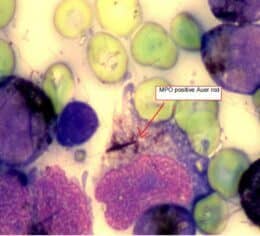DIRECT COOMBS TEST/ANTIGLOBULIN TEST PROCEDURE
Described in 1945 by coombs ,mourant and race, Coombs test, also known as the antiglobulin test, is a laboratory procedure used to detect the presence of antibodies on the surface of red blood cells (RBCs). There are two main types of Coombs tests: the Direct Coombs Test (Direct Antiglobulin Test or DAT) and the Indirect … Read more


